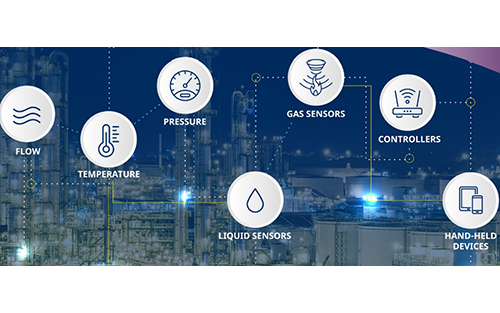August 31, 2010 - Lion Precision was awarded a Cooperative Agreement with NASA’s Stennis Space Center to develop a smart sensor and the associated communication protocols to monitor valve position and wear. The eddy-current displacement sensors will monitor valves responsible for the flow of liquid oxygen and liquid hydrogen in rocket engine test cells. Sensor measurements and sensor health information will be transmitted using MTConnect communication protocol. Development of the system will require the expansion of MTConnect to include new XML tags for sensor measurement and health parameters. Don Martin, president of Lion Precision, is the chairperson of the Sensors Working Group for MTConnect.
Rocket engine tests are very expensive to perform. Failures during the test require scrapping and later repeating the test at great expense. To help prevent failures, the sensors will monitor the condition of critical valves. The sensors will provide a precise measurement of the final seated position of the valve when closed. That position verifies that the valve is closed and also indicates valve wear.
This data will inform operators when a valve requires maintenance rather than waiting until it fails or performing costly, unnecessary maintenance at a predefined time interval. The sensors will also monitor their own functionality and report any apparent malfunctions of the sensing system. Such a system will save thousands of dollars in unnecessary repairs and failed tests. Stennis Space Center is NASA’s primary center for testing rocket propulsion systems for the Space Shuttle and future generations of space vehicles. Several rocket engine test cells at the facility allow testing the rocket engines and rocket engine components while holding them stationary allowing instruments to monitor all the parameters of engine performance.
Lion Precision has manufactured noncontact displacement sensors since 1958 and introduced many of the basic sensing technologies used throughout the world today. New digital sensors from the company have created a base for smart sensor communication possibilities that will be explored and fully realized as a result of the partnership with NASA.
